Powerful conservation tech tools are gathering more data in the field than ever before. But without equally powerful and effective data management and processing tools, that data - no matter how groundbreaking or interesting - will not be able to reach its full potential for impact.
Data management can sometimes seem intimidating to conservationists, especially those just getting started in the world of conservation tech or experimenting with new data collection methods. While every community member's workflow and preferred data management and processing methods may be different, this group can serve as a resource to explore what works for others, share your own advice, and develop new strategies together.
Below are a few WILDLABS events dealing with datasets collected from various conservation tech tools:
Nicole Flores: How do I get started with Wildlife Insights?
Jamie Macaulay: How do I analyse large acoustic datasets using PAMGuard?
Sarah Davidson: Tools for Bio-logging Data in Conservation
Whatever conservation tech tools you work with, and whatever your preferred data management methods, we hope you'll find something helpful and effective in this group when you become a member!
- @philipharman
- | He/him
I'm a data scientist living in Washington, DC.
- 0 Resources
- 0 Discussions
- 4 Groups
- @hjayanto
- | He/Him
KONKLUSI (Kolaborasi Inklusi Konservasi - Yayasan)
Your friendly Indo-Crocky-Croc



- 0 Resources
- 44 Discussions
- 17 Groups
- @aclainap
- | she/they
As EarthRanger’s Instructional Specialist, I help conservation teams learn to protect wildlife—because saving species is always better with great data (and a little teamwork)!

- 0 Resources
- 1 Discussions
- 2 Groups
- @MStarking
- | she/her/hers
Ecologist and conservation researcher, currently an Assistant Professor at University of Michigan-Flint, research areas include landscape ecology, forestry and wildlife interactions, wildlife habitat relationships, spatial ecology, GIS.

- 0 Resources
- 1 Discussions
- 15 Groups
Wildlife Conservation Society (WCS)
I am a devoted conservationist, natural resource management enthusiast interested in Elephant and Pangolin species and passionate about linking communities with environmental conservation

- 1 Resources
- 0 Discussions
- 13 Groups
Software Developer, Teacher and Technical Trainer. Passionate about using tech for good

- 0 Resources
- 7 Discussions
- 7 Groups
- 0 Resources
- 0 Discussions
- 7 Groups
Technical Specialist at FFI: loves data management, maps, remote sensing & GIS for conservation


- 2 Resources
- 2 Discussions
- 9 Groups
- @Valentin_Stefan
- | He/Him
Interested in emerging technologies related to camera traps for pollinators
- 0 Resources
- 4 Discussions
- 18 Groups
- 1 Resources
- 1 Discussions
- 11 Groups
- @MandyEyrich
- | She/Her
University of Florida (UF)
Bridging industries with 15+ years of cross-sector expertise specializing in user-centric technology and product strategy, UX research, UX/UI design, process optimization, and end-to-end agile product development moving from ideation to iteration.
- 0 Resources
- 0 Discussions
- 27 Groups
- @NG
- | She
I am a Conservationist and Ornithologist passionate about biodiversity conservation and environmental sustainability.

- 0 Resources
- 1 Discussions
- 7 Groups
Apply to work with an absolutely all-star group developing AI/ML techniques and models for acoustic monitoring!
28 June 2023
The GSMA ClimateTech programme
21 June 2023
JICA, Japan’s International Cooperation Agency is seeking a digital partner with a proven track record in conservation technology as we launch a pilot project to test technologies to mitigate human-elephant conflict in...
19 June 2023
A few places where you can download ecological data for coding practice and research. In this tutorial, Selina Cheng discusses the following datasets: 1) Data sets that come with R, 2) The Knowledge Network for...
15 June 2023
As we celebrate World Oceans Day this month, we are reminded that addressing climate change will take more than any one organization. It will require companies, governments, NGOs and communities, all working together,...
9 June 2023
The Future Forest Company (FFC) team are looking for an enthusiastic, early career data and GIS administrator to join them. The role will manage spatial and operational data, with a particular focus on carbon from...
31 May 2023
Careers
We are a team of ecologists and technologists who believe good business must be good for nature. We’re building an economy that puts nature and business in balance by incentivising the restoration of nature at scale.
16 May 2023
Climate Watch offers open data, visualizations and analysis to help policymakers, researchers and other stakeholders gather insights on countries' climate progress.
12 May 2023
In our first Conservation Tech Showcase case study, you'll learn about the innovative PantheraIDS, an open-source data management platform and analytical engine that processes, standardizes, and manages conservation-...
11 May 2023
Since its launch in 1999, the BirdCast project has used weather radar data to track and forecast bird migrations across the U.S. In recent years, technology such as cloud computing and machine learning have helped make...
26 April 2023
While tech deployment has often been hailed for playing a critical role in the fight against poaching, these technologies bring with them the risk of cyber attacks. This is based on a study conducted by Orange...
26 April 2023
Global Fishing Watch are looking for a data scientist to join the Research and Innovation team. Help us tackle geospatial data fusion problems to produce the most complete picture of human activity at sea.
19 April 2023
June 2025
event
event
event
October 2025
event
event
November 2025
January 2025
event
December 2024
November 2024
event
85 Products
Recently updated products
| Description | Activity | Replies | Groups | Updated |
|---|---|---|---|---|
| Hi Sol,If the maximum depth is 30m, it would be worth experimenting with HydroMoth in this application especially if the deployment time is short. As Matt says, the air-filed case... |
|
Acoustics, AI for Conservation, Data management and processing tools, Emerging Tech, Sustainable Fishing Challenges | 1 year ago | |
| Congratulations! My first hydromoth was just arrived yesterday and so excited! Looking forward for the update from your project!!! |
|
Acoustics, Animal Movement, Climate Change, Conservation Tech Training and Education, Data management and processing tools, Emerging Tech, Open Source Solutions, Protected Area Management Tools, Sensors, Software Development, Latin America Community | 1 year ago | |
| Thanks, and that's a match! All these pictures are from a lab experiment and formated with AmphIdent. We took weekly belly pictures of several larvae. The aim of this google... |
|
Camera Traps, Data management and processing tools, Software Development | 1 year 1 month ago | |
| Can't beat Dan's list! I would just add that if you're interested in broader protected area management, platforms like EarthRanger and SMART are amazing, and can integrate... |
|
Data management and processing tools, Camera Traps, Conservation Tech Training and Education | 1 year 1 month ago | |
| First things first, our team — @jcguerra10 , @bmgarrido , and special acknowledgment to @Mantolehmann, who joined... |
|
Build Your Own Data Logger Community, Data management and processing tools, Sensors | 1 year 1 month ago | |
| This thread is off-topic in this conversation, so happy to continue it in the other one. However, just noting - your system is one example, but not the only one - there are... |
|
Human-Wildlife Conflict, Data management and processing tools | 1 year 1 month ago | |
| Thank you Carly, I will definitely take a look. |
|
Acoustics, Animal Movement, Climate Change, Conservation Tech Training and Education, Data management and processing tools, Geospatial, Software Development | 1 year 2 months ago | |
| Hello Friends,Its amazing to see the growing number of organisations working in biodiversity conservation.Biodiversity stories can have a... |
|
Data management and processing tools, Software Development | 1 year 2 months ago | |
| Were you ever able to solve the problem? Interestingly enough, I begin a seal bio-logging study next year! Also, you are correct. The errors were occurring during short bout... |
|
Data management and processing tools | 1 year 2 months ago | |
| Thank you! This is encouraging. It's also nice to know that Saul is approachable for problem-solving issues. |
|
Data management and processing tools | 1 year 3 months ago | |
| Am working on similar AI challenge at the moment. Hoping to translate my workflow to wolves in future if needed. We all are little overstretched but it there is no pressing... |
|
Camera Traps, AI for Conservation, Build Your Own Data Logger Community, Data management and processing tools, Marine Conservation, Protected Area Management Tools, Geospatial | 1 year 3 months ago | |
| Hello WILDLABS Community!I work on the development of the hardware for networks of fixed radio receivers that are used to detect... |
|
Data management and processing tools | 1 year 3 months ago |
Data Manager, Conservation International
8 July 2024 2:40pm
EarthRanger: How high-tech tracking is keeping tabs on wildlife | CNN
5 July 2024 10:40am
Generate Unique, Human-Readable Labels! In spanish or english!
2 July 2024 4:19am
Question About Interpolation
18 June 2024 10:52pm
'recurse' R package help
17 June 2024 11:49pm
NEW PUBLICATION ALERT!
17 June 2024 11:33am
17 June 2024 12:57pm
17 June 2024 7:40pm
Fauna & Flora: Bridging geospatial data and people together for enhanced conservation management
17 April 2024 11:31am
13 June 2024 8:51pm
This is amazing! Thank you for sharing. I'm speaking on this topic at the National Center for Ecological Analysis and Synthesis in October. If you have any other resources on this topic, let me know! Closing the loop for "Science to Action" is a huge part of the work we do so I'm always looking to learn.
16 June 2024 3:32pm
Tagging @Chelsea_Smith so she sees this :)
FOSS Geospatial Tools
Case Study: Drone-based radio-tracking of Eastern Bandicoots
14 June 2024 3:53am
€4,000 travel grants for insect monitoring an AI
6 June 2024 4:49pm
New WILDLABS Funding & Finance group
5 June 2024 3:24pm
5 June 2024 4:14pm
6 June 2024 1:38am
6 June 2024 4:16am
Apply! 2024 Conservation Tech Award
3 June 2024 3:51pm
Share Your Work in a Conservation Technology Video
17 May 2024 9:06pm
Survey on European biodiversity monitoring communities
7 May 2024 3:39pm
Drop-deployed HydroMoth
2 April 2024 10:20am
15 April 2024 6:53am
Hi Matthew,
Thanks for your advice, this is really helpful!
I'm planning to use it in a seagrass meadow survey for a series of ~20 drops/sites to around 30 m, recording for around 10 minutes each time, in Cornwall, UK.
At this stage I reckon we won't exceed 30 m, but based on your advice, I think this sounds like not the best setup for the surveys we want to try.
We will try the Aquarian H1a, attached to the Zoom H1e unit, through a PVC case. This is what Aquarian recommended to me when I contacted them too.
Thanks for the advice, to be honest the software component is what I was most interested in when it came to the AudioMoth- is there any other open source software you would recommend for this?
Best wishes,
Sol
21 April 2024 7:10pm
Hey Sol,
No problem at all. Depending on your configuration, the Audiomoth software would have to work on a PCB with an ESP32 chip which is the unit on the audiomoth/hydromoth, so you would have to make a PCB centered around this chip. You could mimic the functionality of the audiomoth software on another chip, like on a raspberry pi with python's pyaudio library for example. The problem you would have is that the H1A requires phantom power, so it's not plug and play. I'm not too aware with the H1e, but maybe you can control the microphone through the recorder that is programmable through activations by the RPi (not that this is the most efficient MCU for this application, but it is user friendly). A simpler solution might be to just record continuously and play a sound or take notes of when your 10 min deployment starts. I think it should last you >6 hours with a set of lithium energizer batteries. You may want to think about putting a penetrator on the PVC housing for a push button or switch to start when you deploy. They make a few waterproof options.
Just somethign else that occured to me, but if you're dropping these systems, you'll want to ensure that the system isn't wobbling in the seagrass as that will probably be all you will hear on the recordings, especially if you plan to deploy shallower. For my studies in Curacao, we aim to be 5lbs negative, but this all depends on your current and surface action. You might also want to think about the time of day you're recording biodiversity in general. I may suggest recording the site for a bit (a couple days or a week) prior to your study to see what you should account for (e.g. tide flow/current/anthropogenic disturbance) and determine diel patterning of vocalizations you are aiming to collect if subsampling at 10 minutes.
Cheers,
Matt
3 May 2024 12:55pm
Hi Sol,
If the maximum depth is 30m, it would be worth experimenting with HydroMoth in this application especially if the deployment time is short. As Matt says, the air-filed case means it is not possible to accurately calibrate the signal strength due to the directionality of the response. For some applications, this doesn't matter. For others, it may.
Another option for longer/deeper deployments would be an Aquarian H2D hydrophone which will plug directly into AudioMoth Dev or AudioMoth 1.2 (with the 3.5mm jack added). You can then use any appropriately sized battery pack.
If you also connect a magnetic switch, as per the GPS board, you can stop and start recording from outside the housing with the standard firmware.
Alex
WILDLABS AWARDS 2024 - Underwater Passive Acoustic Monitoring (UPAM) for threatened Andean water frogs
30 March 2024 3:54pm
5 April 2024 12:13pm
Congratulations, very exciting! Keep us updated!
7 April 2024 6:09pm
This is so cool @Mauricio_Akmentins - congrats and look forward to seeing your project evolve!
1 May 2024 5:17pm
Congratulations! My first hydromoth was just arrived yesterday and so excited! Looking forward for the update from your project!!!
The Inventory User Guide
1 May 2024 12:46pm
Introducing The Inventory!
1 May 2024 12:46pm
22 July 2024 10:55am
23 July 2024 2:05pm
23 July 2024 2:53pm
Hiring Chief Engineer at Conservation X Labs
1 May 2024 12:19pm
Earth Blox dataset review: Meta Global Canopy Height (1m)
23 May 2024 7:23pm
27 May 2024 8:58am
Ecologist Postdoctoral Research Fellow
23 April 2024 4:32pm
Newt belly pattern for picture-matching
18 April 2024 3:57pm
19 April 2024 10:31am
19 April 2024 4:14pm
Hi Robin this is a great idea! Have been thinking about approaching the community for quiz questions. Will reach out to Xavier to ask if we can use it or if he wishes to run it on next Wednesdays VH
22 April 2024 11:27am
Thanks, and that's a match!
All these pictures are from a lab experiment and formated with AmphIdent. We took weekly belly pictures of several larvae. The aim of this google form is to validate (by comparing answers with the lab reference image base) picture-matching by human is reliable although the change of pattern can be verry quick at this life stage.
If validated there will be the need to improve existing pattern-matching solutions for in situ observations of larvae, for instance with ML and/or Human Learning (thanks Zooniverse)...
Early Warning Systems for Human-Wildlife Conflict, Zoonotic Spillover, and Other Conservation Challenges
17 April 2024 5:43pm
Camera Trap storage and analyzing tools
16 April 2024 5:15pm
16 April 2024 7:17pm
I don't have an easy solution or a specific recommendation, but I try to track all the systems that do at least one of those things here:
https://agentmorris.github.io/camera-trap-ml-survey/#camera-trap-systems-using-ml
That's a list of camera trap analysis / data management systems that use AI in some way, but in practice, just about every system available now uses AI in some way, so it's a de facto list of tools you might want to at least browse.
AFAIK there are very few tools that are all of (1) a data management system, (2) an image review platform, and (3) an offline tool. If "no Internet access" still allows for access to a local network (e.g. WiFi within the ranger station), Camelot is a good starting point; it's designed to have an image database running on a local network. TRAPPER has a lot of the same properties, and @ptynecki (who works on TRAPPER) is active here on WILDLABS.
Ease of use is in the eye of the beholder, but I think what you'll find is that any system that has to actually deal with shared storage will require IT expertise to configure, but systems like Camelot and TRAPPER should be very easy to use from the perspective of the typical users who are storing and reviewing images every day.
Let us know what you decide!
17 April 2024 1:55am
Can't beat Dan's list!
I would just add that if you're interested in broader protected area management, platforms like EarthRanger and SMART are amazing, and can integrate with camera-trapping (amongst other) platforms.
Research Assistant, Lion Landscapes in Nanyuki
11 April 2024 9:49am
Applied hierarchical modelling (AHM) for species distribution and abundance
9 April 2024 7:22pm
Conservation Science Intern - Space for Giants, Nanyuki
9 April 2024 8:55am
Underwater advertisement call of the threatened Telmatobius rubigo (Anura: Telmatobiidae
6 April 2024 9:56pm
WILDLABS AWARDS 2024 - BoutScout: Monitoring System for Avian Nesting Behavior Studies
31 March 2024 5:57am


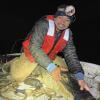





















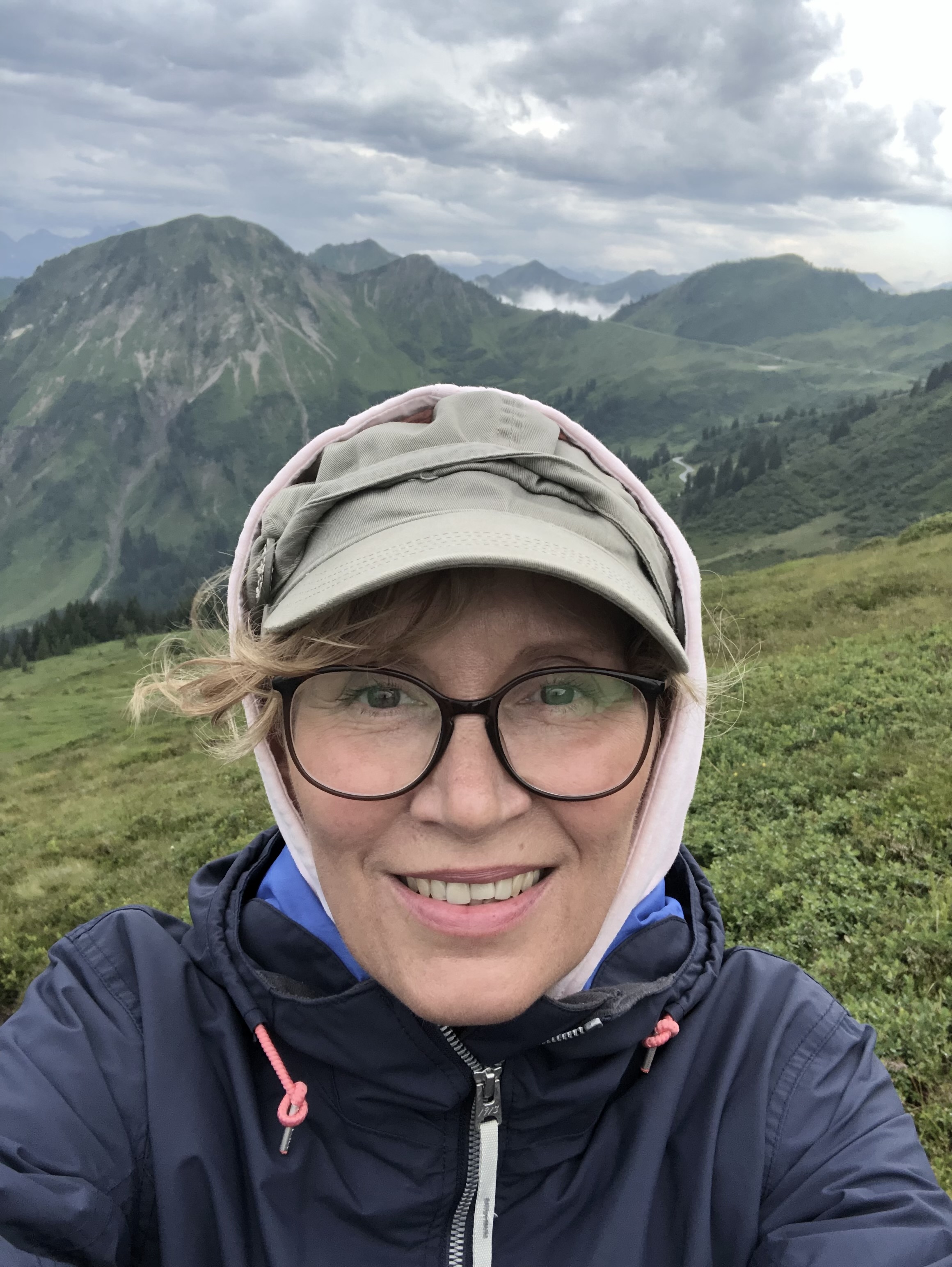
















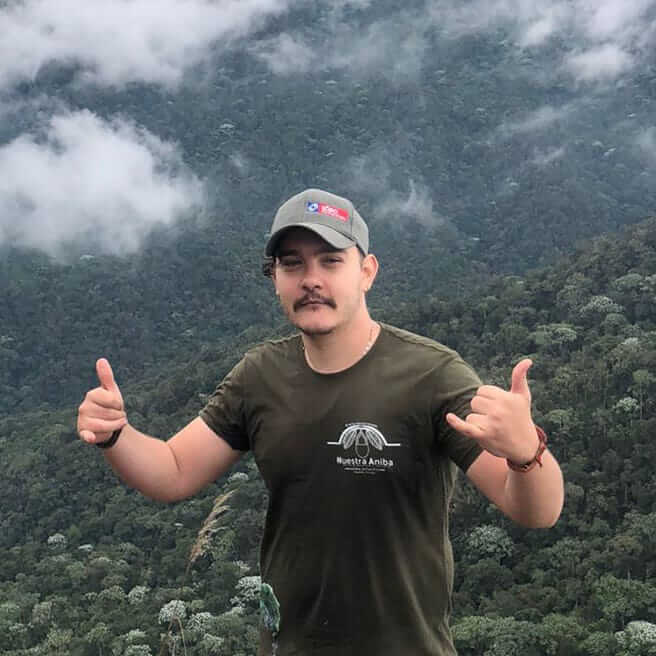










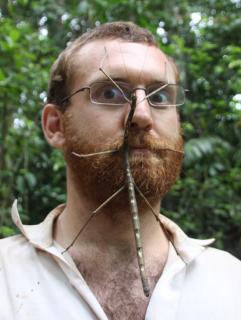

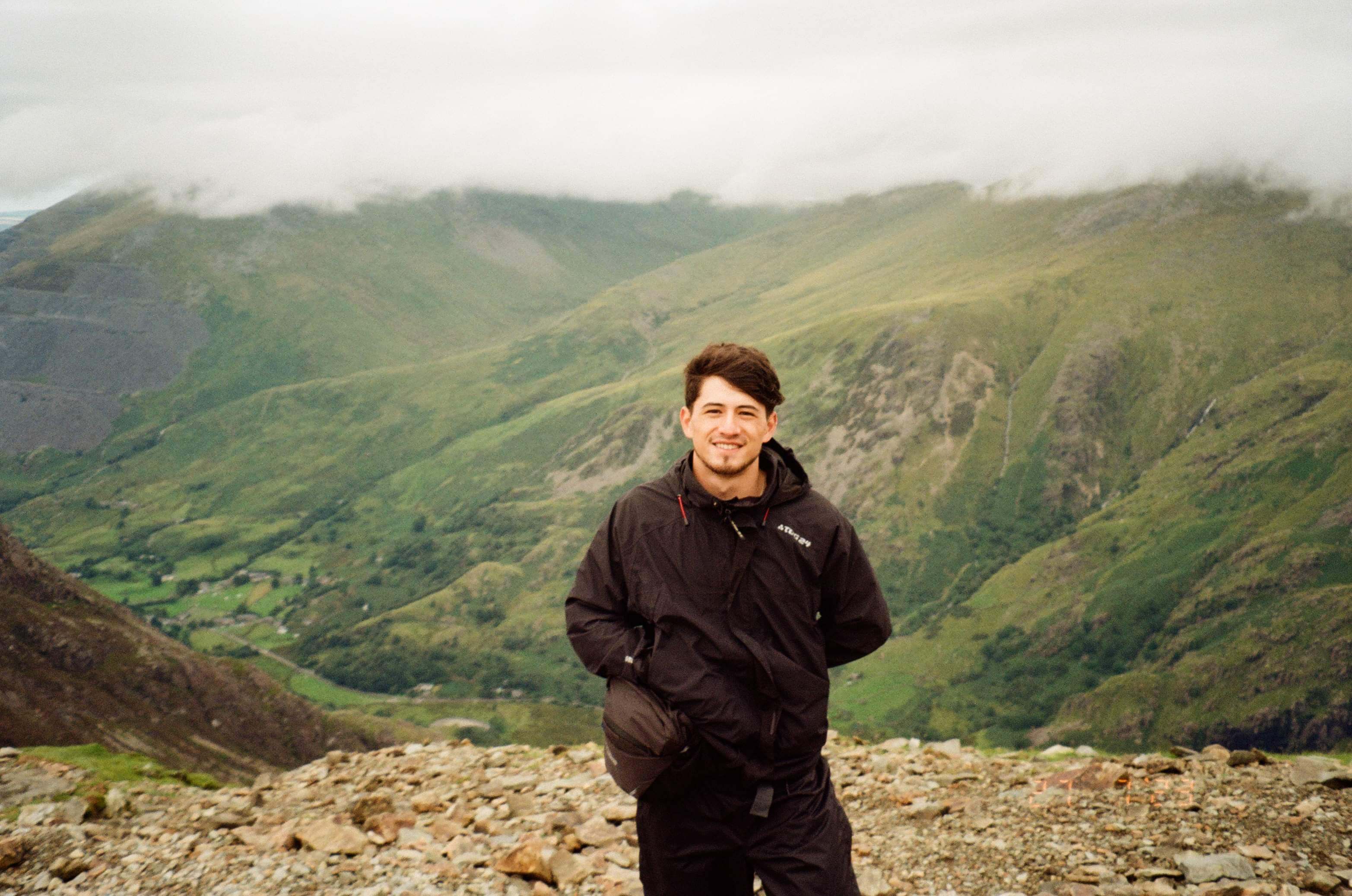














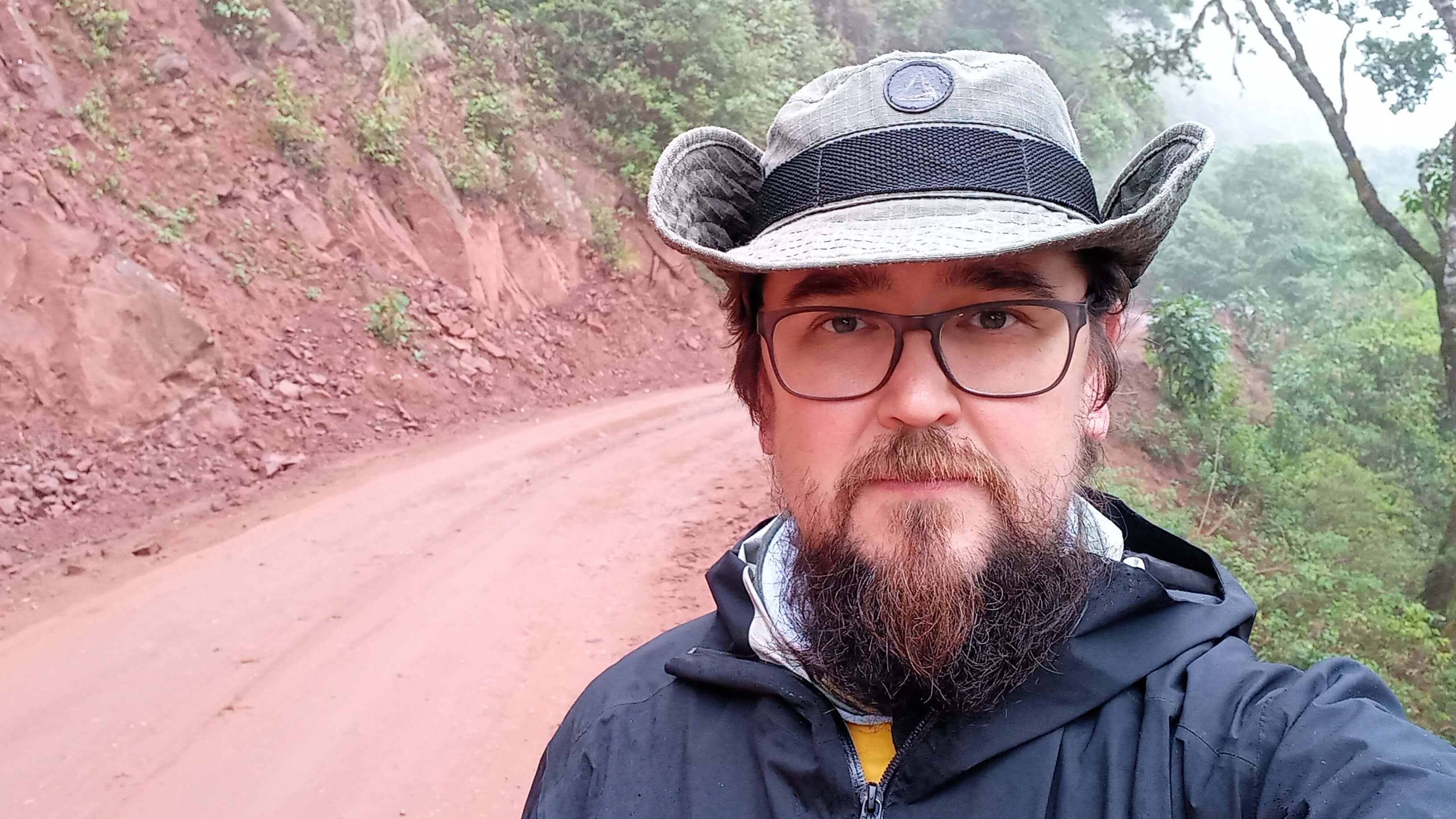











28 June 2024 6:35pm
The use of synthetic training data such as interpolated sequence values is common, but fraught with the issue of your synthetic signal generating features that are not true to real life.
Instead, you might think about about appending the values of two long-period sin waves per input element to the sequence going in to your first linear / fully-connected layer. The simplest thing that could possibly work would be to interpret minute of the day and day of the month as the values of your sin wave! (Or perhaps minute/hour if all training sequences are quite short.) Since you’re doing sequence prediction, you would add the appropriate values for each image(?) in the sequence being evaluated.
With that additional signal going in to the model in the early layers, the NN should have a good chance of learning that the differences in the modulating signal corresponds to distance in time.
This technigue was popularized by early Large Language Models to encode the distance between words. There’s been refinement (search “Rotary Encoding” for instance) but the basic idea of sin waves generalizes well.